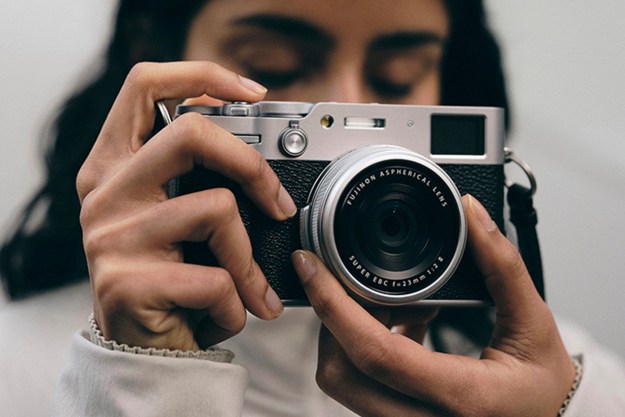The Insight Astronomy Photographer of the Year contest may attract thousands of entries every year, but the 2017 event brought in several shots judges had never seen during the event’s nine-year history. The Royal Observatory Greenwich recently announced the shortlist for the competition, including the first images of asteroids and Uranus ever submitted. The final winner will be announced on September 14.
Along with selecting the photographer of the year, the contest also awards prizes in nine different categories, as well as two special prizes. The 2017 categories include skyscapes, aurorae, people and space, our sun, our moon, planets, comets and asteroids, stars and nebulae, galaxies, and the Young Astronomy Photographer of the Year for participants under 16.
The Sir Patrick Moore Prize for Best Newcomer will award a photographer that only started shooting astrophotography within the past year. A separate prize will also offer awards for shots taken with computer-controlled telescopes.
This year’s contest attracted more than 3,800 images from amateurs and pros in 91 different countries. Shortlisted entries range from the supermoon and the Northern Lights to telescopic images of the Jellyfish Nebula.
Judges for the event include Rebecca Roth, NASA Goddard Space Flight Center; Jon Culshaw, comedian and amateur astronomer; Chris Branley, editor of BBC Sky at Night Magazine; and Dr. Marek Kukula, Royal Observatory public astronomer.
The top photographer will receive 10,000 British pounds. Category and special prize winners will also receive cash prizes. The winning shots will be included in a gallery display at the observatory’s Astronomy Centre.
Both the shortlisted photographers and the final winners will be recognized in the contest’s official photo book, which will be available beginning in November. The book includes more than 140 images, along with the technical details and judges’ comments, and will be available from the Royal Observatory Greenwich’s online store.
The Royal Observatory Greenwich is located at the home of Greenwich Mean Time and the Prime Meridian, which have long been part of important discoveries in space. The observatory is partnering with Insight Investment and BBC Sky at Night Magazine for the contest.
Additional images from the shortlisted winners can be found on the contest’s website.
Editors' Recommendations
- Nikon shows off the winners of its 47th small world photo contest
- Google Pixel 4’s astrophotography mode is now rolling out to older Pixels




